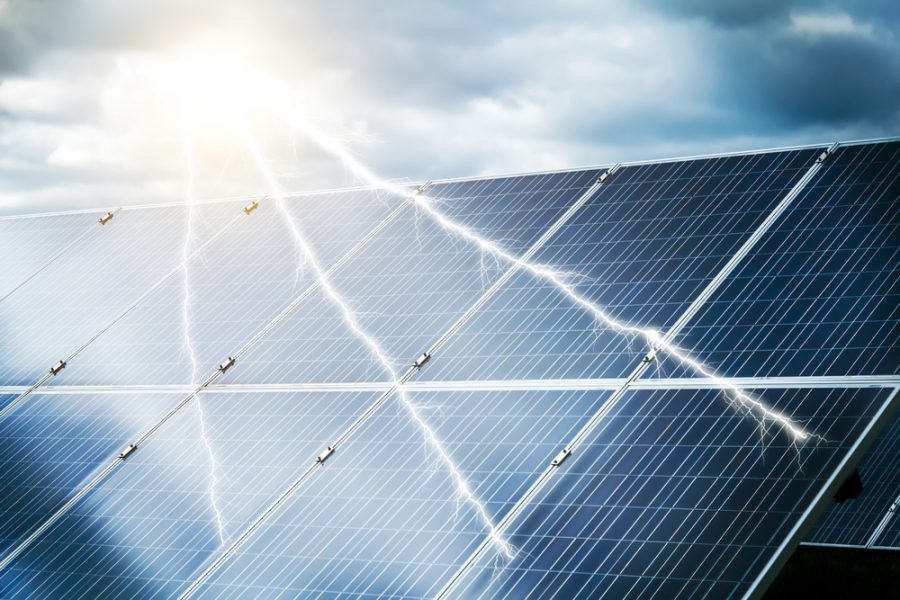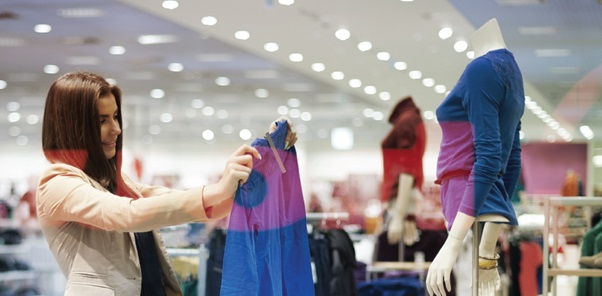One of the major concerns many homeowners have when it comes to investing in and installing solar panels is their durability. We have seen an increasing number of hurricanes and other natural disasters lay waste to our land, so to some extent, the concern is reasonable. But in reality, solar panels are much more durable than you think.
Solar panels are subject to a lot of tests during the designing and manufacturing process to ensure they are able to withstand even the toughest weather conditions. And since there’s already quite enough data from actual real-life experience, experts can safely claim solar panels are resilient enough.
If there’s anything recent disasters have shown us it’s that solar panels are durable and practical systems that can supply enough power for your home or business even in the harshest weather. In this article, we are going to address some of the most common extreme weather conditions and how they might affect your solar panels.
Solar Panels in a Hurricane
While flooding may be the primary source of concern and damage in a hurricane, strong winds are very close contenders. What makes these winds particularly dangerous is that they don’t always blow from a single direction. As the hurricane and the eye of the storm move, so does the wind shift directions.
The wind can damage your home and your solar panels in many ways. Since most solar panels are installed on the roof, standing just above its surface, one of the major concerns is uplift. It is caused by the force of the wind blowing through the gap between the solar panels and the roof.
Professional solar installation companies like Action Solar ensure this doesn’t happen by using large lag bolts to tighten the connection between the panels and roof beams. As long as your roof is in the prime condition you won’t have to worry about the wind carrying your solar panels away with the piece of your roof.
Solar panels go through various tests to ensure they can withstand strong winds blowing at a maximum of 140 mph, which would hypothetically be classified as an average Category 4 hurricane. Indeed, most solar panels struck by hurricanes such as Superstorm Sandy in 2012, Michael in 2016 and Irma in 2017 mostly survived with minimal damage to only a few panels. In most cases, the damage to the panels came about because the entire roof collapsed.
In fact, most homes saw an added benefit of having power after the hurricane passed when most of the electrical grid was down. Some areas used solar-powered traffic lights to control the traffic after major disasters. That is why some states like California encourage homeowners to switch to solar power by offering various incentives. You can learn more here: https://actionsolar.net/go-solar-get-your-money-back/
How Storms and Lightning Affect Solar Panels
Contrary to the popular belief, lighting can do very little to damage your solar panels. Instead, it only poses a threat to the inverters, which can still affect your solar power production.
Thankfully, you can easily solve this problem and secure your investment with a reliable lightning arrestor. This way your solar system will be safe from breakdown. Lightning arrestors can dissipate and absorb huge amounts of voltage from the lightning and are easy to install. When it comes to storms and lightning, they are your safest bet.
Again, as far as storms are concerned, the wind is the primary threat to your solar panels in this case as well. That is why you should only have professionals install your solar panels, as they can guarantee the connection is secure and the solar panels can withstand the harshest of winds. Depending on the area where you live, you should find an adequate solar panel mount to protect your solar panels and keep them in place.
Can Hail or Heavy Snow Damage My Solar Panels?
In some states, the quantity and size of hail may cause a lot of damage to your home. And while hail certainly poses a threat to solar panels and cause significant damage, solar panels are still tested and made to withstand the effects of extreme conditions such as hail.
Similarly, snow and ice pose a certain risk to your solar panels. However, in most cases, the only thing you need to worry about is the panels not producing enough energy if they are covered in a thick layer of snow. But many panels are designed to warm when exposed to the sun, so any light ice or snow buildup melts away pretty fast. And because solar panels are slick and installed diagonally, in most cases the snow and ice won’t stick long enough to cover it completely.
Therefore, chances are your solar panels will be able to withstand severe weather conditions including thunderstorms, strong winds, heavy snow and even hail without any significant damage. However, if you don’t want to take any chances, some companies offer warranties that cover natural disasters. Other homeowners choose to protect their solar panels with their homeowner’s insurance policy. This way, you’ll be covered if your solar panels are damaged and in need of repair.



